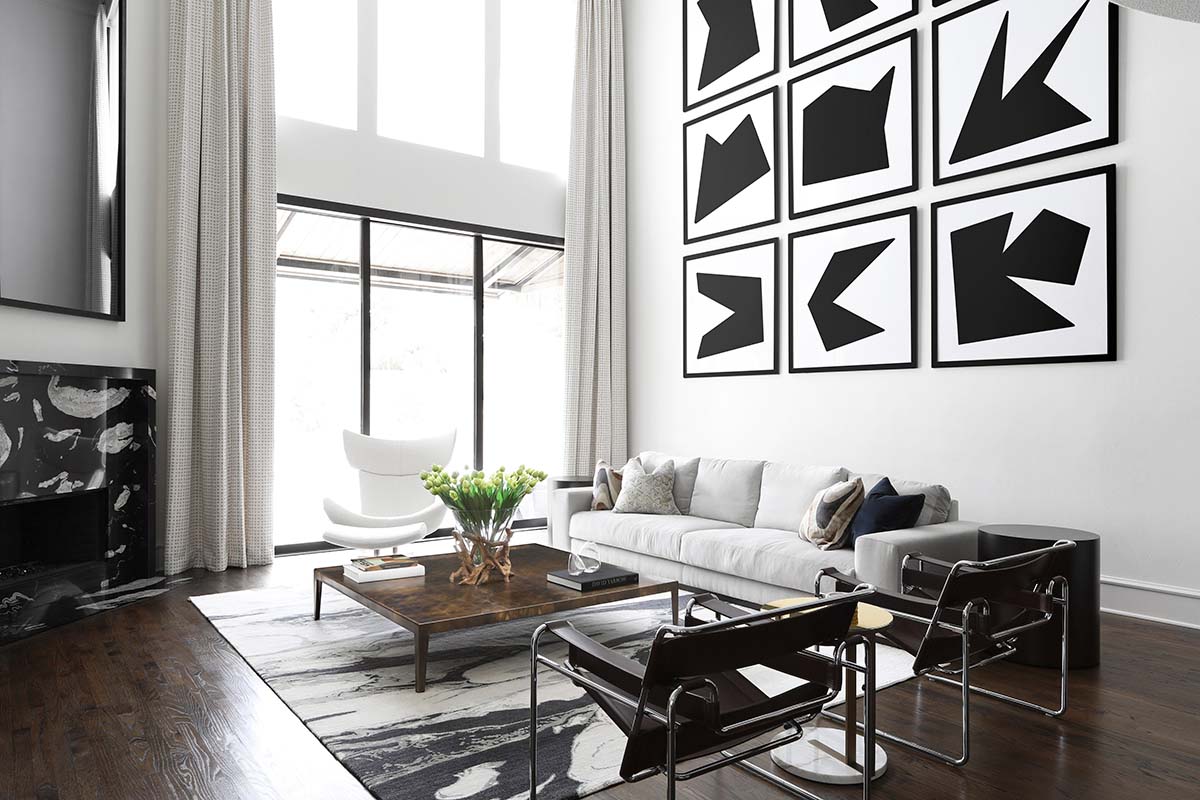One surefire way to earn your client’s eternal affection? Deliver the house of their dreams—and a big check, too.

Juliana OliveiraMatti Gresham
The project is complete. The clients are thrilled. And then they get the final bill. “I know what it feels like to send that last big invoice to the client and be on pins and needles,” says Dallas-based designer Juliana Oliveira. In addition to the low hum of anxiety and anticipation any creative feels as a project nears completion, there’s also the underlying worry that the client might not be quick to pay that last invoice. “No matter how excited we get about a project, I’m also always thinking, Am I going to be in a position where I’m going to be at a loss?”

Ready to dig in?
This article is available exclusively for
BOH subscribers and BOH Insiders.
BOH subscribers and BOH Insiders.
Want full access?










































